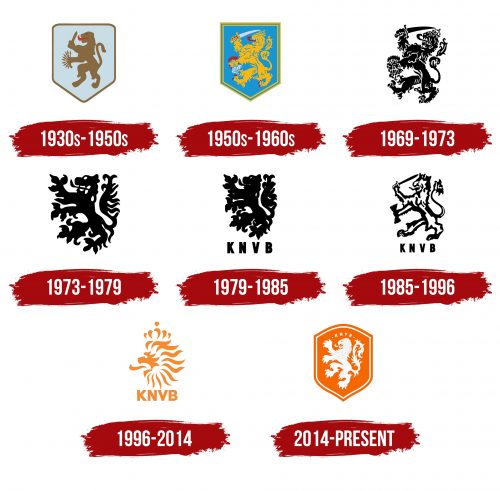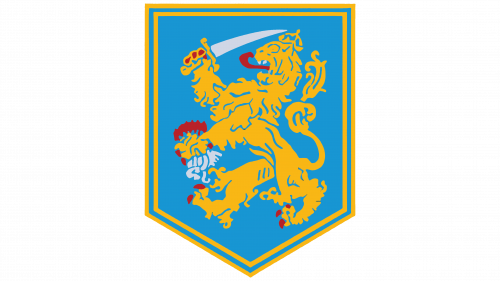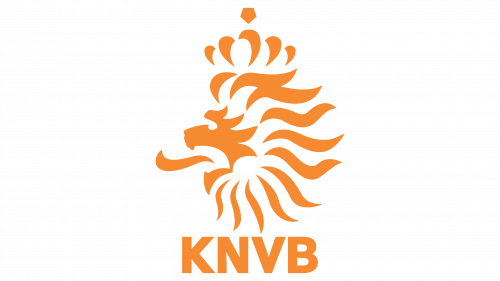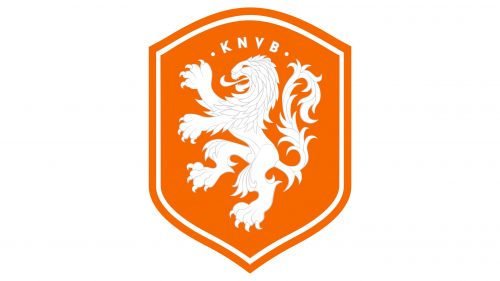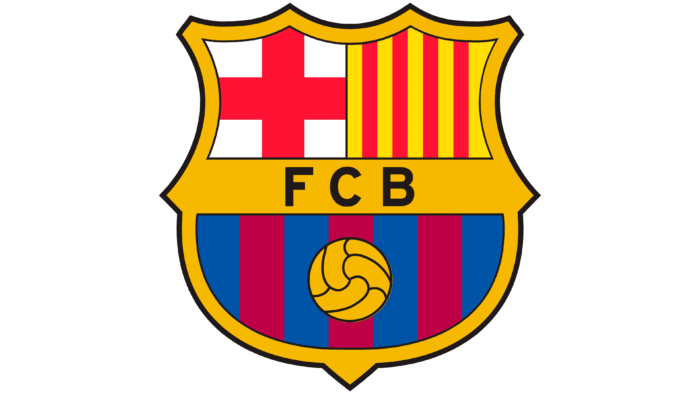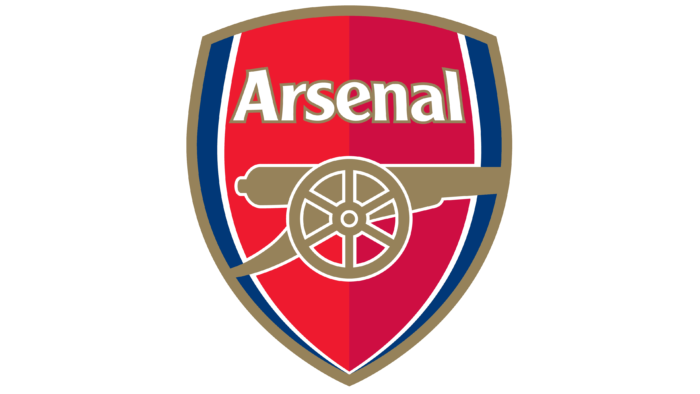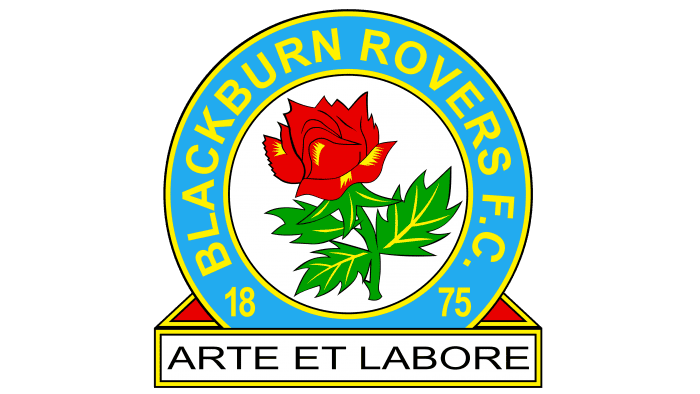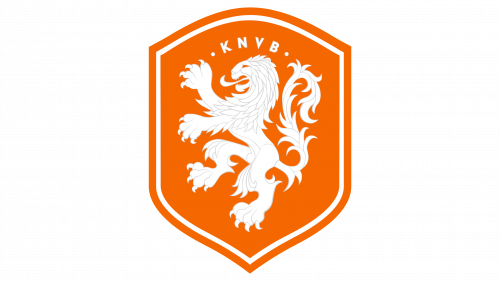 Netherlands National Football Team Logo PNG
Netherlands National Football Team Logo PNG
The Netherlands National Football Team logo resembles a fierce beast ready to leap. The emblem evokes associations with excellent athletic training, fearlessness, skill, and readiness to compete for a place among the world’s best teams.
Netherlands National Football Team: Brand overview
The Netherlands national football team stands as a beacon of innovation and success in the world of football. The Royal Dutch Football Association (KNVB) sprang to life in 1889, setting the stage for the Oranje’s journey. It began with a resounding 4-1 victory over Belgium in their first official match in 1905.
In the early 20th century, the Dutch team excelled in the Olympics, clinching bronze medals in 1908, 1912, and 1920. Their World Cup debut in 1934 saw an early exit, and they reached the round of 16 in the 1938 tournament.
The 1970s heralded a golden era for Dutch football. Under the visionary guidance of Rinus Michels, the team introduced “Total Football,” a style that mesmerized the world. They reached the World Cup finals in 1974 and 1978, narrowly missing out on the title to West Germany and Argentina. Icons like Johan Cruyff, Johan Neeskens, and Ruud Krol became household names, their legacy etched in the annals of football history.
After the highs of the 1970s, the team’s fortunes waned until the 1988 UEFA European Championship in West Germany. Under the leadership of Ruud Gullit, Marco van Basten, and Frank Rijkaard, the Netherlands secured their first European Championship title with a 2-0 victory over the Soviet Union in the final.
The 1990s and 2000s saw the Netherlands solidify their status as a football powerhouse. They reached the semifinals of the European Championships in 1992 and 2000 and secured third place at the 1998 World Cup. Dennis Bergkamp emerged as a legendary figure during this period, his 37 goals for the national team cementing his place in Dutch football folklore.
The 2010 World Cup in South Africa marked the Netherlands’ return to the final after 32 years. They fell to Spain 1-0 in extra time. Key players such as Wesley Sneijder, Arjen Robben, and Robin van Persie led the charge. In 2014, they finished third at the World Cup in Brazil, defeating the host nation 3-0 in the third-place match after a semifinal loss to Argentina.
The Oranje then faced a period of struggle, missing out on Euro 2016 and the 2018 World Cup. Yet, they showed resilience by reaching the semifinals of the 2014 World Cup and the round of 16 at Euro 2020. At the 2022 World Cup in Qatar, the Netherlands reached the quarterfinals, showcasing their enduring competitive spirit.
Today, the Dutch team is undergoing a generational shift. Emerging stars like Frenkie de Jong, Matthijs de Ligt, and Memphis Depay are entering the limelight. The Netherlands is renowned for its attacking style, epitomized by “Total Football,” which emphasizes high pressing, constant movement, and rapid transitions from defense to attack. As of August 2023, the Dutch team is ranked third in the FIFA rankings and remains a favorite in major tournaments.
The Dutch football school has produced numerous legendary players, including Johan Cruyff, Marco van Basten, Dennis Bergkamp, and Arjen Robben. These players achieved great success with the national team and revolutionized how football is played. The Netherlands continues to be a formidable force in global football, celebrated for its innovative and thrilling style.
Meaning and History
What is the Netherlands National Football Team?
The Netherlands National Football Team, known as Oranje due to their distinctive orange jerseys, represents the Netherlands in international football competitions. Managed by the Royal Dutch Football Association (KNVB), the team has a rich history and is celebrated for its innovative style of play, often referred to as “Total Football.” This approach emphasizes fluid movement and versatility among players. The Netherlands has consistently been a strong contender in major tournaments, producing many world-class players who have left a significant mark on the sport. The team’s passionate supporters and commitment to attacking football make them a prominent and respected force in global football.
1930s – 1950s
The Dutch lion forms the basis of the sports logo. This animal symbol differs from the heraldic version. Its sleek body gives the figure a streamlined and more athletic appearance. Arrows in one paw and a sword in the other indicate the team is a formidable and dangerous opponent. The golden coloring and outline of the shield convey regal majesty, the lion’s nobility, and the team’s ambition for top positions in competitions. The blue color, instead of the azure from the national coat of arms, adds a touch of lightness to the emblem.
1950s – 1960s
The logo from the 1950s is much closer to the national symbol. The lion’s silky mane, detailed strands, and fur curls give the team’s totem a more elegant and majestic appearance. The red claws draw attention as if stained with blood, evoking a sense of warlike readiness and danger. The team members are prepared for serious battles and will fight for their position and victory. The double yellow border of the shield signifies composure and inner strength.
1969 – 1973
The team’s logo was redesigned to feature a black imprint of a lion, devoid of any background or colorful details. This minimalist theme emphasizes a focus on the primary goal—victory. The monochrome and dark shades give the image a fierce and serious tone. The lion is shown snarling and roaring, baring its teeth to intimidate opponents. The emblem conveys a sense of power and invincibility, presenting a formidable and unbeatable presence.
1973 – 1979
The totem lost its crown, sword, and arrows, giving the emblem an element of wild and untamed strength. The black mane and outstretched clawed paws emphasized the animalistic power and might. The logo embodied the unique approach to the game that distinguished the team. The emblem conveyed a readiness to become a leader, highlighting the team’s distinctive style and fierce determination. This design choice underscored their commitment to excellence and ambition to dominate the field.
1979 – 1985
The lion appears more compact and peaceful, with the snarl and fierce roar removed. However, the totem still impresses with its strength and nobility. The image below is the abbreviation for the football association: KNVB (Koninklijke Nederlandse Voetbalbond). The design maintains the lion’s regal and powerful presence while presenting a calmer demeanor, symbolizing a balanced approach combining strength and grace.
1985 – 1996
A new interpretation of the royal logo emerged in the mid-80s. The reintroduction of the crown, sword, and arrows transformed the totem into a vivid historical symbol of the Netherlands. The emblem represented the monarchy, the unity of the state, and the nation’s greatness. This design choice reflects the team’s deep reverence for their homeland and pride in their country. The emblem highlights the connection between the team’s identity and the rich heritage of the Netherlands, showcasing a profound sense of national pride and unity.
1996 – 2014
The 1996 logo resembles bright tongues of flame that twist, blaze, and remain elusive. The emblem features only the lion’s head. The mane, crown, and face are composed of individual orange lines. The tongues of flame represent the team members, who create a beautiful pattern through their interaction in the game. The emblem is full of dynamism and warmth, with a color scheme that evokes the sun.
2014 – today
The modern emblem combines a sports theme with the team’s national identity. Warm shades are full of energy and optimism. The white royal lion impresses with nobility and confidence. The finely detailed elements highlight the virtuosity and skill of the football players. The letters KNVB at the top, in the shape of a rainbow, emphasize the association’s support and care for the team.
